Listen to a Photographer Born in 1843 Talk About Documenting the Wild West
In an interview conducted in 1941 that has been recently restored, photographer William Henry Jackson discusses his experiences roaming the wild west as he performed his job as a photographer and surveyor.
Jackson was born on April 4, 1843 and passed away on June 30, 1942, about a year after the interview was conducted. The video contains audio that has been restored, speed adjusted and equalized for clarity by YouTube channel Life in the 1800s.
Photographing the Wild West
The interview spans a range of topics, from basic discussions on what Jackson saw during his time in the west like trails and buffalo, to what cowboys and homesteaders did for amusement.
When Jackson is asked what the most interesting thing that he experienced in all his time in the west, he answers somewhat predictably to the broad question.
“It would be pretty hard to segregate one item because my experience has been so wide,” he says. “But I’ve always called the most interesting period in my life the 10 years I spent in the west with the Hayden survey.”
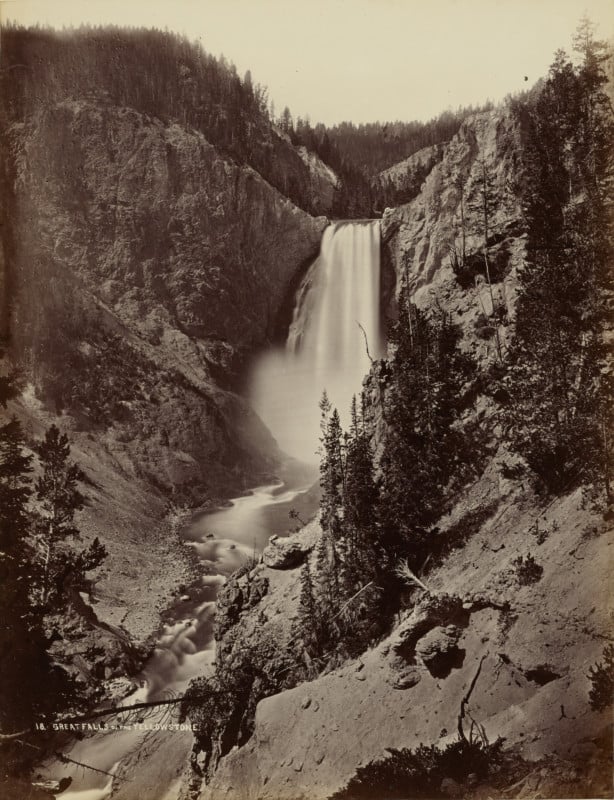
Jackson had accompanied geologist Ferdinand Vandiveer Hayden on an expedition to the west in 1870 where he journeyed across Wyoming, along the Green River, and eventually into the Yellowstone Lake area. The photos he captured there were the first ever published of Yellowstone. The Getty Museum says that Yellowstone became America’s first national park in March of 1872 partly due to the strength of these photos.
“New things on its own, new things to photograph, questions to bring to the attention of the world to make the Yellowstone region known,” Jackson continues. “[They were] all very interesting, anything in themselves, but no one startling dramatic single incidents you might say.”
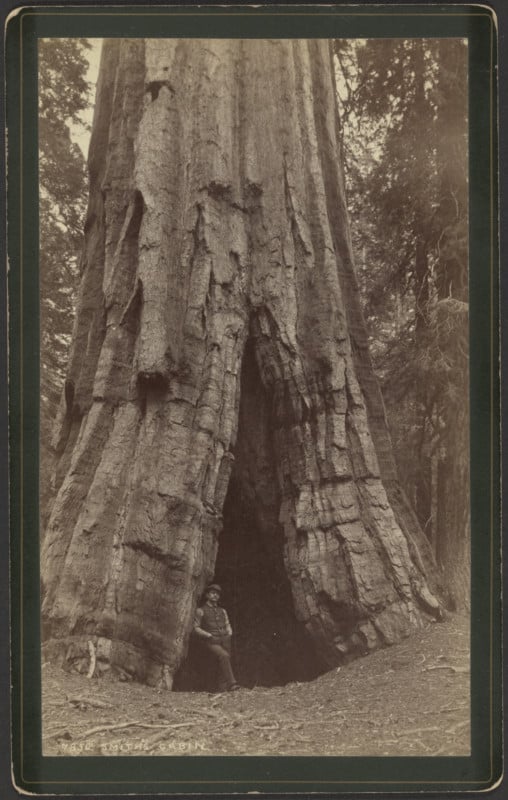
It’s worth remembering that at the time he set out to Wyoming, few people had ever ventured to the west to the degree that Jackson had and only would hear stories about the area. His photos were monumental in providing real, concrete examples of what the landscape looked like in an area that was still hardly developed. Wyoming would not become a state until 1890, 20 years after Jackson first visited the area.
Perhaps most interesting is a segment about how he made photos, which he details starting around the 12-minute mark in the video above.
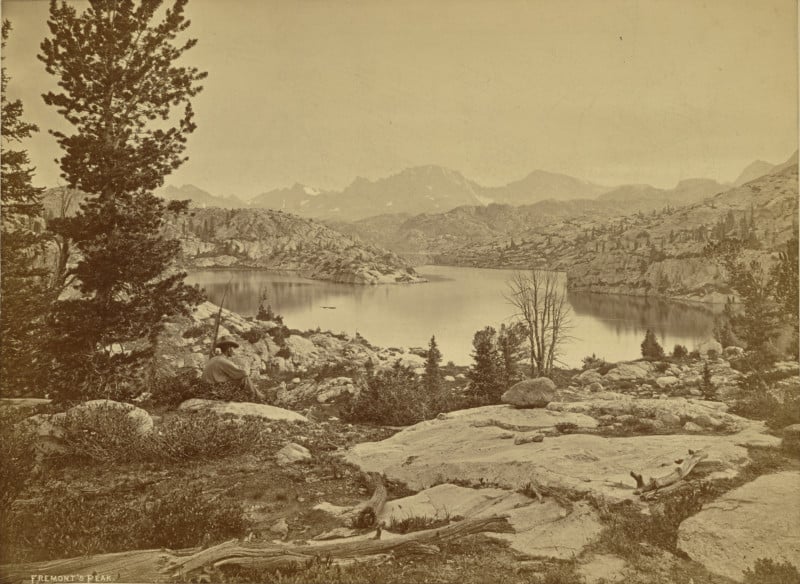
“Our old photo process before 1880… was what we called a wet collodion process. We carried out clean glass plates, a whole lot of chemicals, collodions, and developers, and iron solutions and acid solutions and everything. Filters and trays and bottles and everything of that kind and a kind of portable darkroom to work in,” he explains.
“We had to go into that little tent to take one of those green glass plates, throw it with a collodion, emboss it in a silver bath of nitrate, and while it was still wet, put it in the plate holder and expose it. Then it had to be developed immediately.
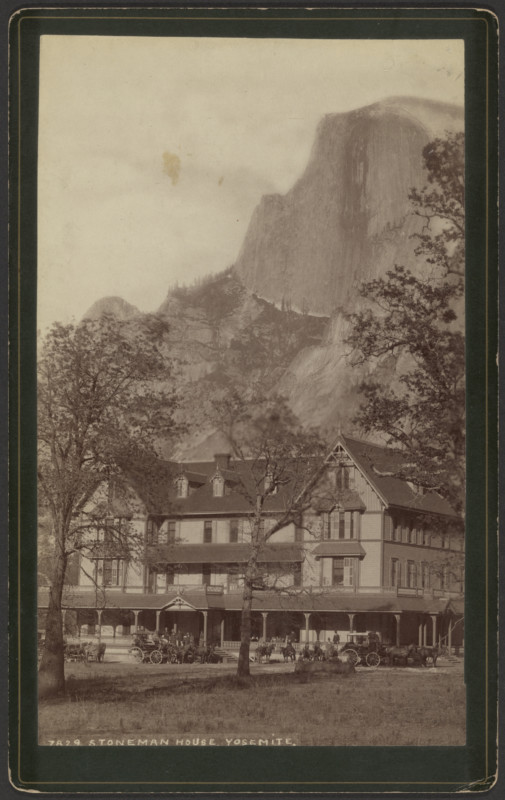
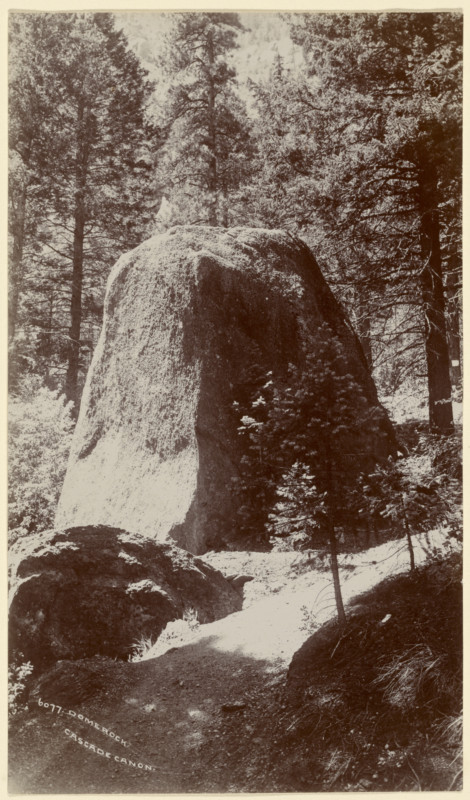
“Under such conditions with two assistants working with me, I’ve taken 30 minutes to take a picture, but it ordinarily takes more time than that.”
The full interview is a fascinating trip back in time, not only to the mindset of a man who visited the truly wild west in the 1870s, but also serves as a reminder of the kinds of questions media was still asking about with regard to the experience into the 1940s.
About William Henry Jackson
According to the J. Paul Getty Museum, William Henry Jackson was involved with photography in some form or another from the age of 12 until he was 99.
“After a tour of duty in the Civil War, he headed West and eventually settled in Omaha, Nebraska, where he opened a portrait photography studio with his brother Edward,” the museum writes.
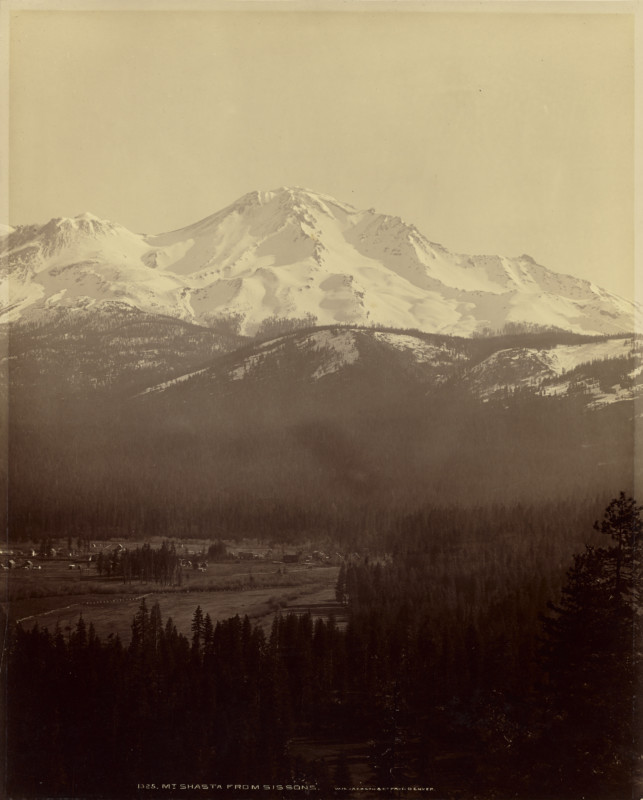
“Portrait photography never had any charms for me, so I sought my subjects from the house-tops, and finally from the hill-tops and about the surrounding country; the taste strengthening as my successes became greater in proportion to the failures,” Jackson said.
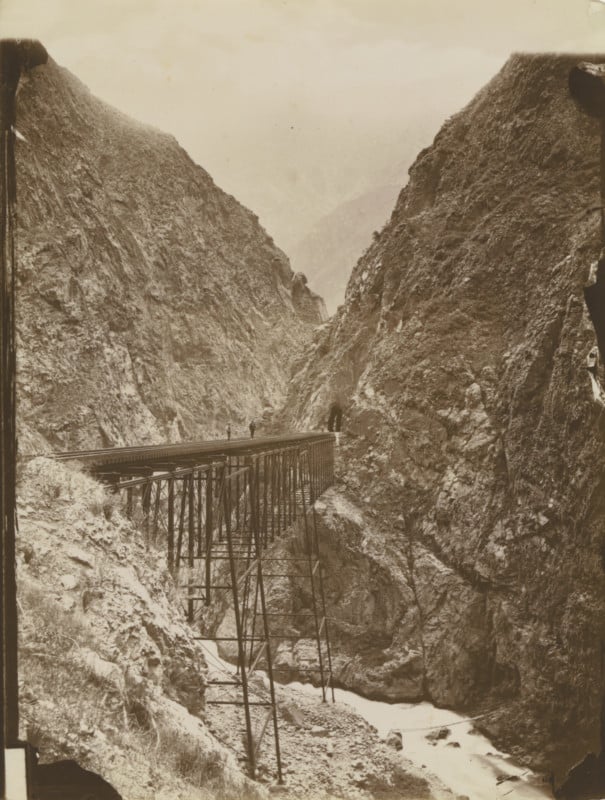
“On one of several independent expeditions that he headed, Jackson also became the first to photograph the prehistoric Native American dwellings in Mesa Verde, Colorado,” the museum adds. “He finally settled in Denver, Colorado, where he worked as a commercial landscape photographer and continued to publish his photographs as postcards.”
Image credits: All photos by William Henry Jackson (or attributed to him) via the Getty Open Content Program.